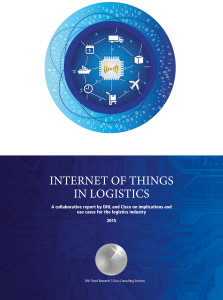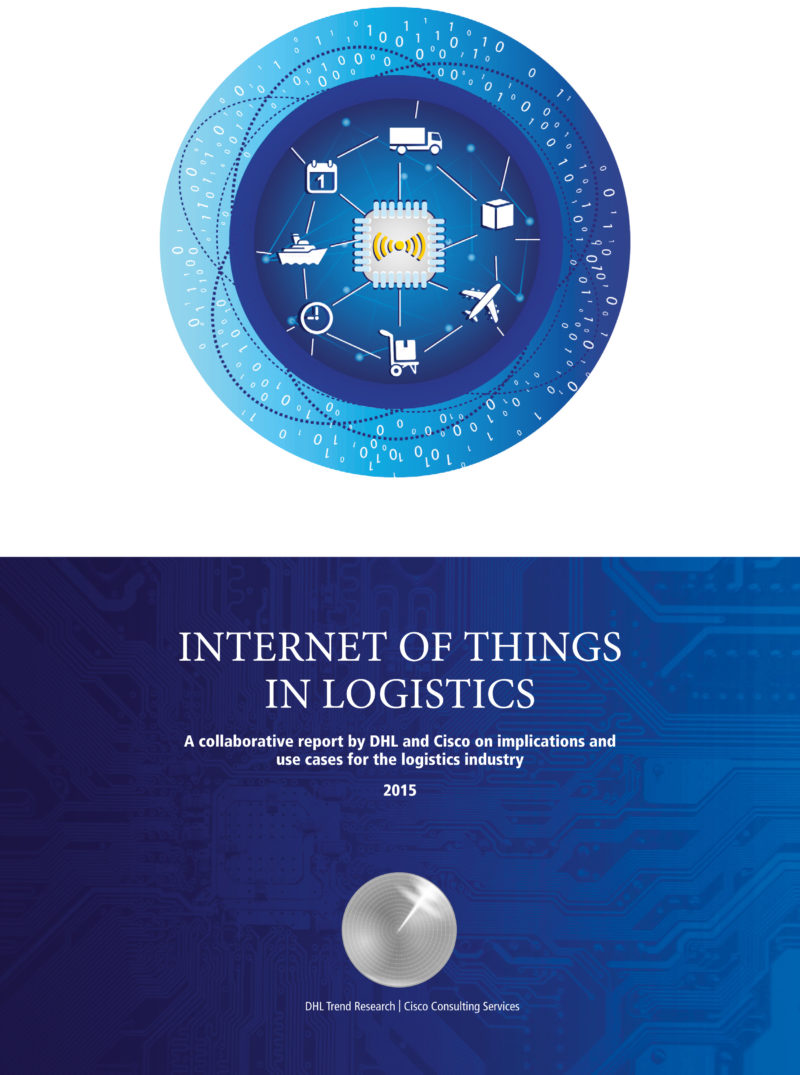 The Internet of Things (IoT) is a game changer that will enable countries to improve the connectedness, efficiency, and transparency of their supply chain systems, engendering trade facilitation and economic prosperity.
The Internet of Things (IoT) is a game changer that will enable countries to improve the connectedness, efficiency, and transparency of their supply chain systems, engendering trade facilitation and economic prosperity.
This is the point highlighted in the new “DHL Trend Report: Internet of Things in Logistics” released by DHL and Cisco Consulting Services.
“The Internet of Things is the connection of almost anything—from parcels to people—via sensor technology to the web,” said Markus Kückelhaus, vice president of innovation & trend research, DHL Customer Solutions & Innovation.
DHL said its Global Connectedness Index 2014 revealed that overall level of global connectedness remains surprisingly limited.
“There is huge potential for countries to further increase their connectedness and prosper through trade, integration and technology. We believe the Internet of Things will be a primary enabler of this global transformation,” said Ken Allen, CEO of DHL Express.
The paper, which estimates that 50 billion devices will be connected to the Internet by 2020 compared to 15 billion today, looks at the potential impact this technological revolution will have on business.
Specifically, IoT is seen to generate US$1.9 trillion for the supply chain and logistics sector worldwide in value at stake over the next decade. Value at stake is the combination of increased revenues and lower costs that is created or will migrate among companies and industries when new connections are made.
Aside from logistics, IoT will also boost growth in four other areas—innovation and revenue ($2.1 trillion), asset utilization ($2.1 trillion), employee productivity improvements ($1.2 trillion), and enhanced customer and citizen experience ($700 billion).
Overall, the report puts at $8 trillion the growth to be generated through new connections made over the next 10 years.
For the logistics industry, the report reveals the immense changes it will bring to warehousing, freight transportation, and other elements of the supply chain.
Over the next decade, the logistics industry could unlock higher levels of operational efficiency as the IoT connects in real time millions of shipments being moved, tracked and stowed each day.
In warehousing, connected pallets and items will be a driver for smarter inventory management.
In freight transportation, tracking and tracing of goods becomes faster, more accurate, predictive and secure, while analytics of a connected fleet can help to predict asset failure and to schedule maintenance checks automatically.
Finally, connecting delivery personnel with surrounding vehicles and people can become a way of monetizing and optimizing the return trip to improve efficiency and service in last-mile delivery.
“For any organization with a supply chain or logistics operations, IoT will have game-changing consequences, from creating more ‘last mile’ delivery options for customers, to more efficient warehousing operations and freight transportation,” added the report.
Meanwhile, Cisco and DHL are also collaborating on a joint IoT innovation project that will improve decision-making in warehouse operations with near real-time data analytics based on Wi-Fi-connected devices.





